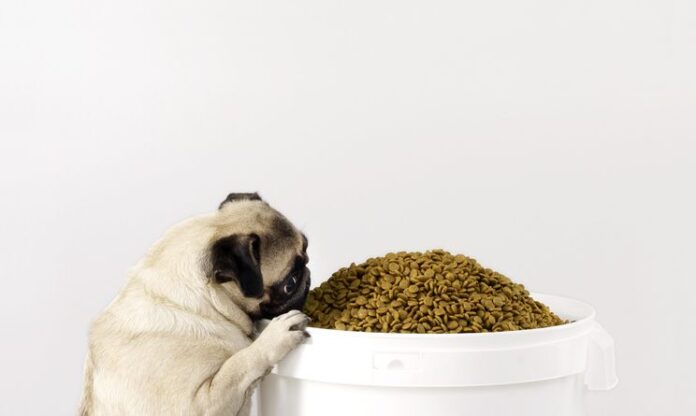Essential Pet Food Storage Tips: Ensuring Nutrition and Safety
For pet owners, the simple act of purchasing pet food often concludes with pouring it into a storage container. However, this common practice may unintentionally compromise the nutritional value and safety of your pet’s meals. Understanding the optimal storage conditions and techniques is vital for maintaining the quality, safety, and health of your beloved animal.
Ideal Storage Conditions for Pet Food
After selecting the best food for your pet, it’s crucial to focus on storage practices that keep them healthy and safe. Here are important guidelines:
- Temperature Control: Store dry and canned pet food indoors at cool temperatures, ideally below 80°F.
- Humidity Management: Low humidity is crucial, as excessive moisture can lead to rancidity in fats and breakdown of essential nutrients.
- High-Temperature Risks: Avoid exposure to high temperatures or humidity that promote mold and bacteria growth.
- Freezing Conditions: Prevent storing pet food outdoors where freezing could occur.
Tip: Keep pet food in a dry, cool area to preserve its quality and nutritional value.
Utilizing the Original Packaging
It’s recommended to store dry pet food in its original bag. Manufacturers invest significant resources into packaging to ensure maximum shelf life and nutrient protection. Additionally, keeping the food in its original bag allows easy access to essential details such as:
- Manufacturer and product information
- UPC code
- “Best by” date
Tip: After serving your pet, squeeze out excess air from the bag and secure it tightly to minimize nutrient degradation and exposure to bacteria.
Importance of Information Accessibility
Proper storage in the original bag provides quick access to critical information in case of product recalls or health concerns. If you transfer food to another container, ensure to document the:
- Manufacturer
- Exact product name
- UPC code
- Lot number
- “Best by” date
Tip: Cut out and keep the label or take a photo of it to store on your phone for future reference.
Preventing Pet Overeating
To avoid health risks from overeating, store the pet food in a secure, airtight container and out of reach. Some pets may be adept at opening storage containers, necessitating a more secure option.
Tip: Invest in a dog-proof container, or store the food in a room inaccessible to your pet.
Keeping Pests at Bay
Pests such as insects and rodents are attracted to pet food, but airtight storage containers can help prevent these nuisances. Additionally, storing food off the floor can further deter pests.
Tip: If you change containers, ensure the previous batch is entirely used up before adding new food, and clean the container between uses.
Awareness of Storage Mites
Dry pet food can become contaminated with storage mites, which thrive in protein-rich foods. These mites can cause allergic reactions in pets, leading to misdiagnosed food allergies.
Tip: Store pet food properly to avoid contamination and ensure your pet’s health.
Guidelines for Canned Pet Food
Canned pet food requires similar storage conditions as dry food, ideally between 40°F and 80°F. Avoid freezing canned food, as it can alter its flavor and nutritional content.
Tip: Refrigerate any opened canned food promptly and discard any leftovers after 72 hours.
Understanding Freshness and Shelf Life
Unopened pet food should be consumed before its “best by” date. Once opened, it’s advisable to use dry food within 2-3 months for optimal freshness and nutrition. If your pet food lasts beyond this time frame, consider purchasing smaller quantities to ensure quality.
Tip: Storage times and freshness can vary by product and manufacturer. Always check the “best by” date and consult with the manufacturer for tailored advice.
For more information on proper pet food storage practices, visit the FDA’s resource on pet food storage.











